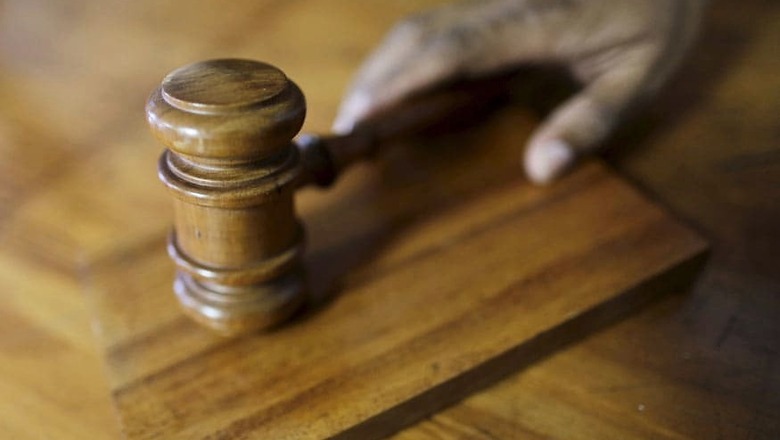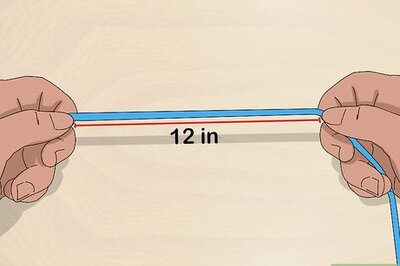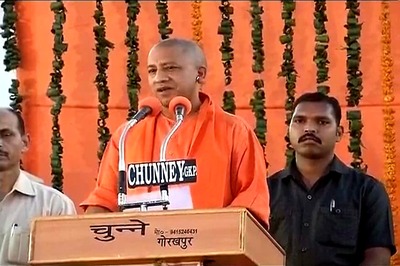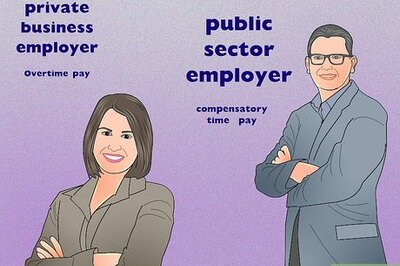
views
New Delhi: Seven years since they were appointed, 14 judges in Uttar Pradesh will finally get to sit in the courtrooms. Thanks to an order by the Supreme Court, these judicial officers will now have some work to do.
Putting an end to a row over selection of judges through a test in 2001, the top court has quashed the appointment of 28 candidates while giving a go ahead to selection of 14 others, who had passed the exam conducted afresh.
Way back in the year 2001, applications for the recruitment of 14 judicial officers in Mainpuri district were advertised. While the advertisement was for 14 posts, 28 persons were eventually appointed. The selection and appointment was challenged before the Allahabad High Court, which by a detailed order in 2008, set aside the entire selection and directed a fresh exam.
The High Court, after scrutinising the answer-sheets of mostly the successful candidates, had noted that no check-list or merit list was prepared.
Candidates were given enhanced marks by over-writings, wherein in some cases marks obtained were reduced by over-writing and these were in different inks.
The High Court further observed that marks were assigned even without examination of answers in some cases and many of the answer-scripts were not evaluated at all. Some of the candidates had even written their names on the answer-scripts for the purpose of identification.
But when the High Court order was appealed in the apex court, a two-judge bench held that 28 candidates should have been given a chance before quashing their selection. However, another two-judge bench dismissed similar appeals and the matter was hence placed before a three-judge bench.
The three-judge bench, in its final order, affirmed the order of the High Court. "Having regard to the gravity of the illegalities that were found to have taken place, the High Court was fully justified in setting aside the entire selection process and directing a fresh selection," said the Supreme Court.
It noted that the examination of the records of the selection and the answer-scripts of the candidates, having regard to the total number, was a sufficiently representative specimen of what had transpired in the entire selection and hence, the High Court order had the approval of the top court.
The bench also pointed out that due to the pendency of these cases in the Supreme Court, the judicial officers who were subsequently appointed on 2011 were not allocated any work. It said that the High Court and the district judges concerned should not allot work to these 14 judges.




















Comments
0 comment